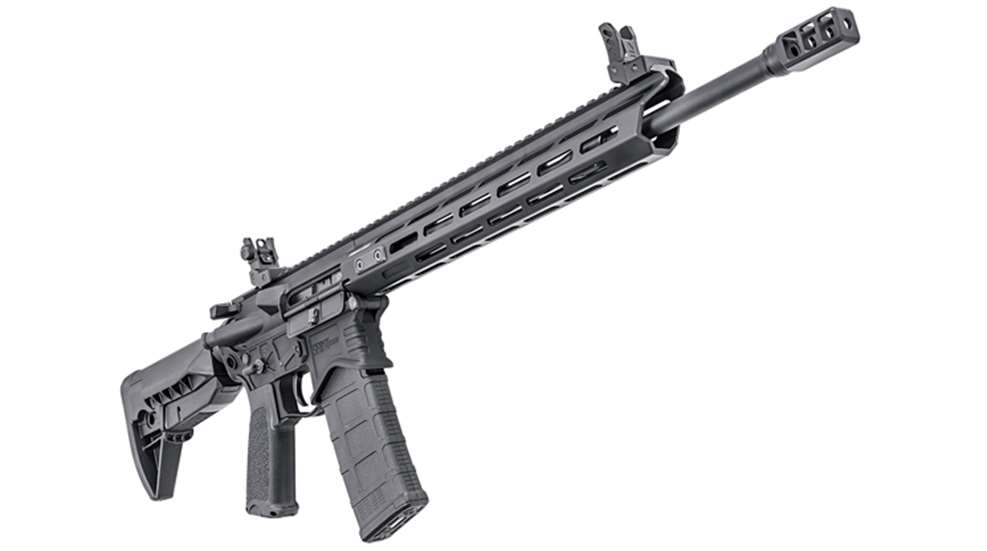
The closing stages of 2017 have witnessed a dramatic expansion of Springfield Armory’s Saint series of AR-15-style rifles and pistols. The original was introduced at the end of 2016, but in just the past few months, the company has added a free-float handguard model, an AR-pistol configuration and, now, the Saint Edge—the most advanced iteration to date.
I actually had a chance to test drive the Edge a few weeks before its release. Immediately noticeable is its sleek, trim profile, capped by a rather sizeable muzzle brake. The lower receiver is machined from a solid billet of aluminum, including the integral enlarged trigger guard, and it features some neat contouring and cutouts that are not only aesthetically pleasing, they also save some serious weight—sans magazine, the Saint Edge weighs just a hair over 6 lbs. The lightweight and slim handguard also translate to smooth handling; during my limited range time I engaged targets from 15 to 100 yards with plenty of lateral transitions, and I found the Edge to be very easy to manipulate.
The Edge carries forward many of the characteristics that have come to define the Saint series, and while there will be plenty of time for a more in-depth review, I wanted to point out three defining features of this particular rifle. First, the muzzle brake. The unit is a proprietary design for Springfield Armory, and, although the 5.56x45 NATO/.223 Rem. chambering isn’t particularly punishing, the brake definitely facilitates fast follow-on shots. Second, the Edge features an ambidextrous selector for Safe and Semi. Some people will like that, others don’t, in any case the rifle comes ready to roll for lefties, and removing the right-side lever is a cinch for those who prefer the standard control. Finally, and most importantly, the Edge includes Springfield’s new modular—read as “drop-in” or “cartridge-style”—short-reset, single-stage trigger. The unit is also a proprietary design, and the company’s pro shooter, Rob Leatham, could not stop raving about the bang switch. And no wonder, the trigger pull was light with a crisp break and short reset, definitely on-par with other aftermarket units. However, in the case of the Edge, this component adds real value to the rifle, as Springfield can deliver the whole upgraded rifle package for a much lower cost than a comparable firearm assembled in piecemeal fashion. MSRP: $1,299
The full list of specs are below. To watch the video and for further details visit springfield-armory.com.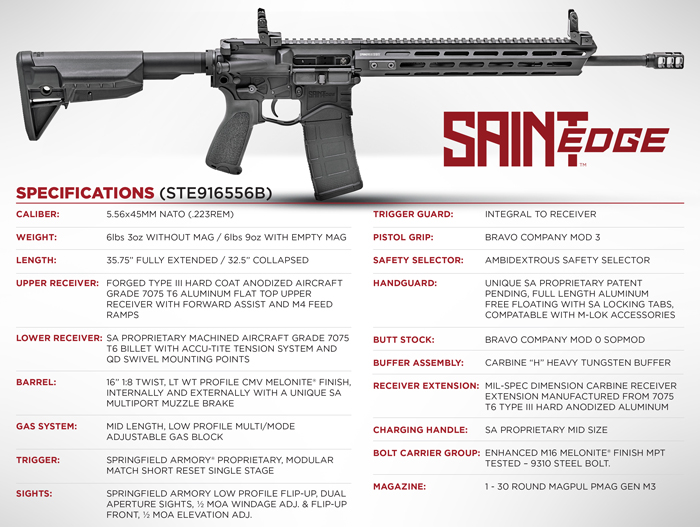












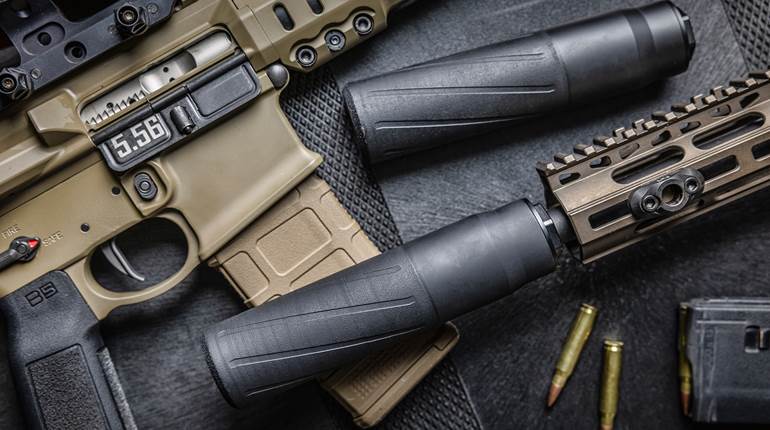
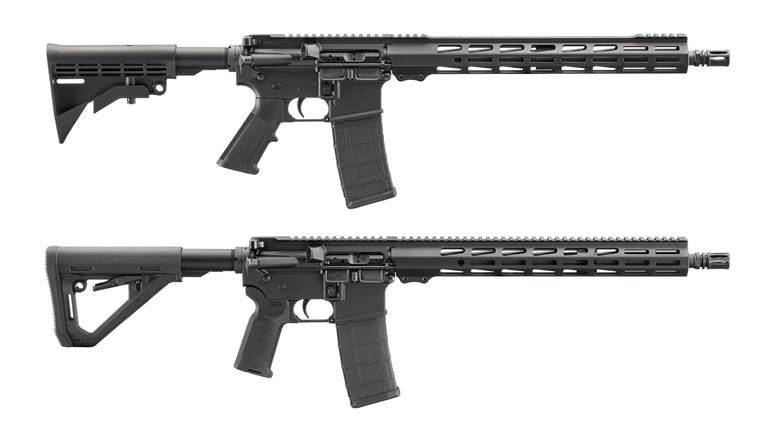

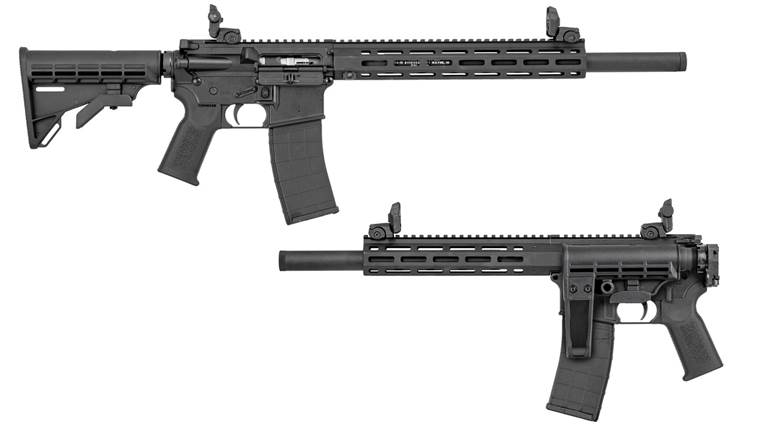







![Winchester Comm[94]](/media/1mleusmd/winchester-comm-94.jpg?anchor=center&mode=crop&width=770&height=430&rnd=134090756537800000&quality=60)
![Winchester Comm[94]](/media/1mleusmd/winchester-comm-94.jpg?anchor=center&mode=crop&width=150&height=150&rnd=134090756537800000&quality=60)












